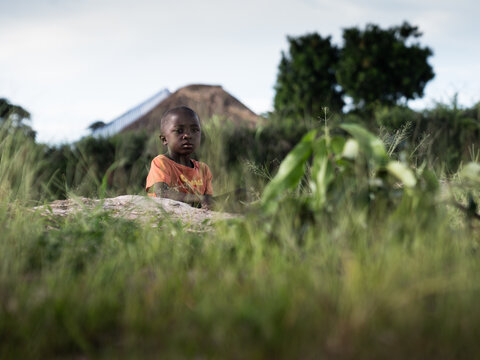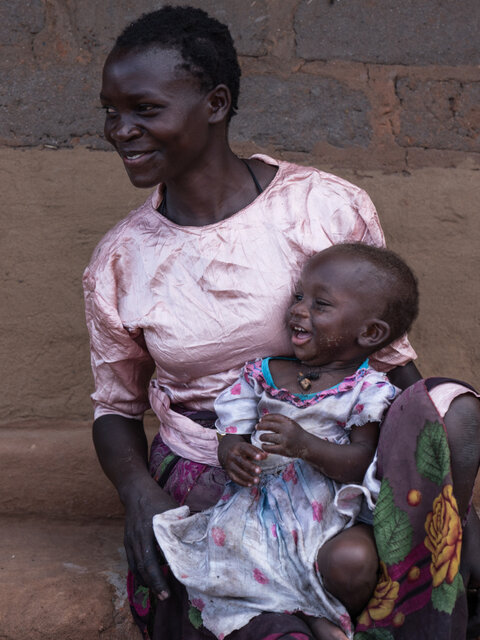OPT-SMC: Senegal projects
Cost-effectiveness evaluation of two directly observed treatment (DOT) strategies of SMC for children aged 3-120 months

Senegal has been implementing SMC since 2012. In 2022, Senegal implemented SMC from June to September in sixteen districts within five regions. Coverage rates of between 93 to 98% were achieved. Since the start of SMC, Senegal had adopted the DOT1 strategy for SMC administration where community health workers (CHWs) visit households once a month and administer the first dose under DOT, with the remaining doses left to the mothers or babysitters for administration on day 2 and day 3. Lower coverage observed for day 2 and day 3 has led to the adoption since 2017 of the DOT 3 strategy where all 3 doses are administered under DOT by the CHWs.
The objectives of this study were to evaluate the cost-effectiveness of both DOT1 and DOT3 strategies and to evaluate the cost of SMC in Senegal in 2022. For the first objective, data was collected in the health district of Goudomp and the cost of DOT1 and DOT3 strategies will be related to, the number of averted malaria cases. For the second objective, data was collected in 5 health districts: Kedougou, Kolda, Tambacounda, Kaolack and Diourbel.
Data analysis is currently ongoing.
Mechanistic model for cost-effective evaluation of SMC deployment strategies

This second study used mathematical modelling to help understand how (i) chronological age, (ii) duration of protection depending on the number of doses taken, (iii) the start of prevention campaigns, (iv) the number of doses administered per cycle, and (v) the number of cycles per campaign, influence a strategy for SMC. This model will then be applied to compare different scenarios of SMC deployment and propose an optimal campaign strategy (optimal number of cycles, doses and start date) to further reduce the burden of malaria in the target age group. The study was carried out in collaboration with mathematicians from the Polytechnic school of the University of Thies.
Senegal's "Modelling projects to choose the optimal number and timing of cycles of SMC" and “Cost Effectiveness of SMC” are both being written up for publication.